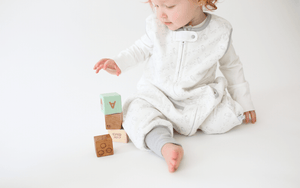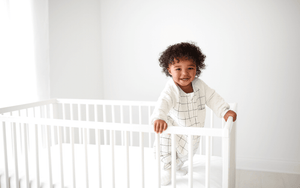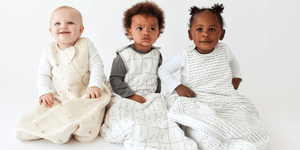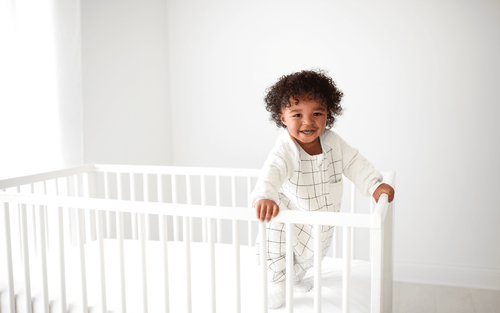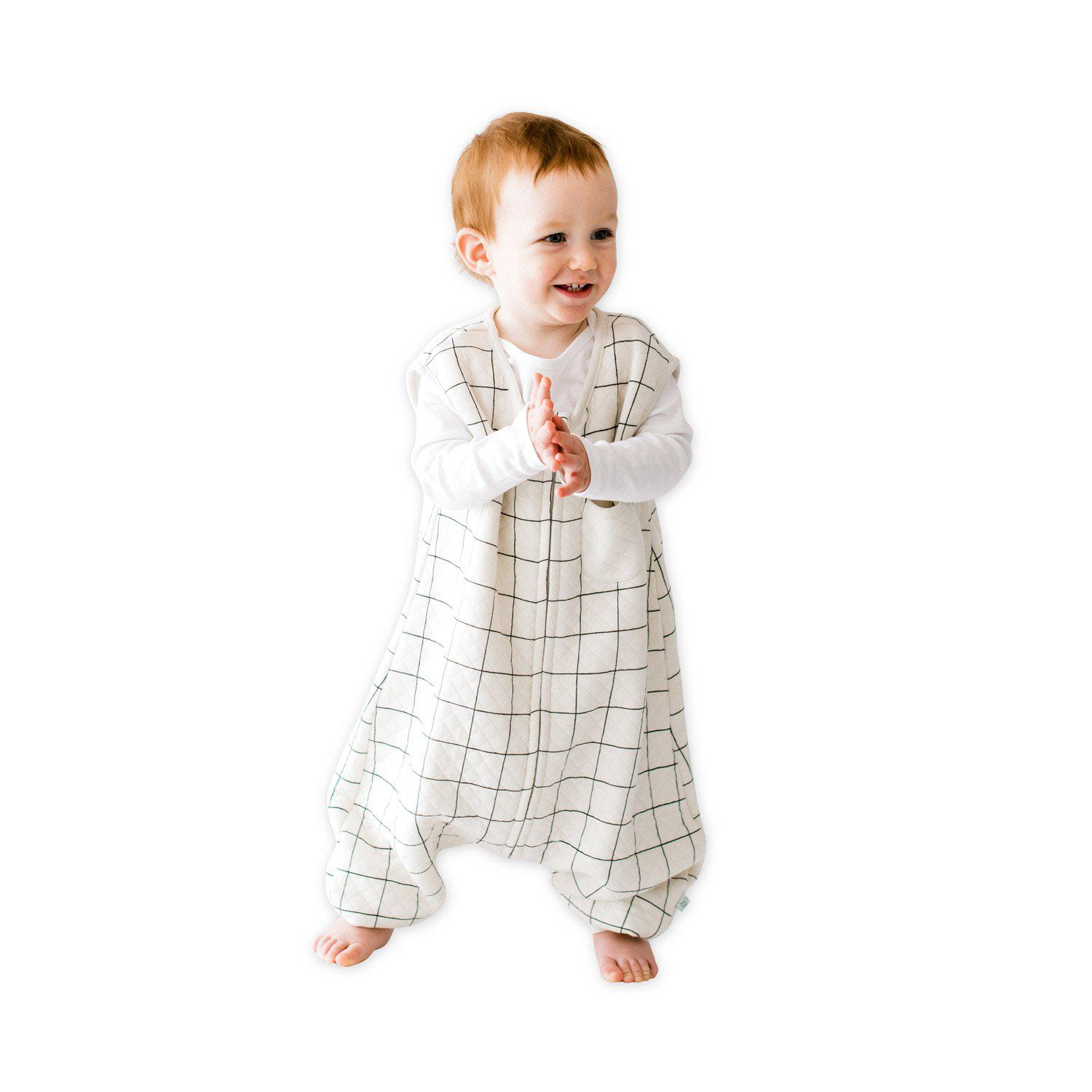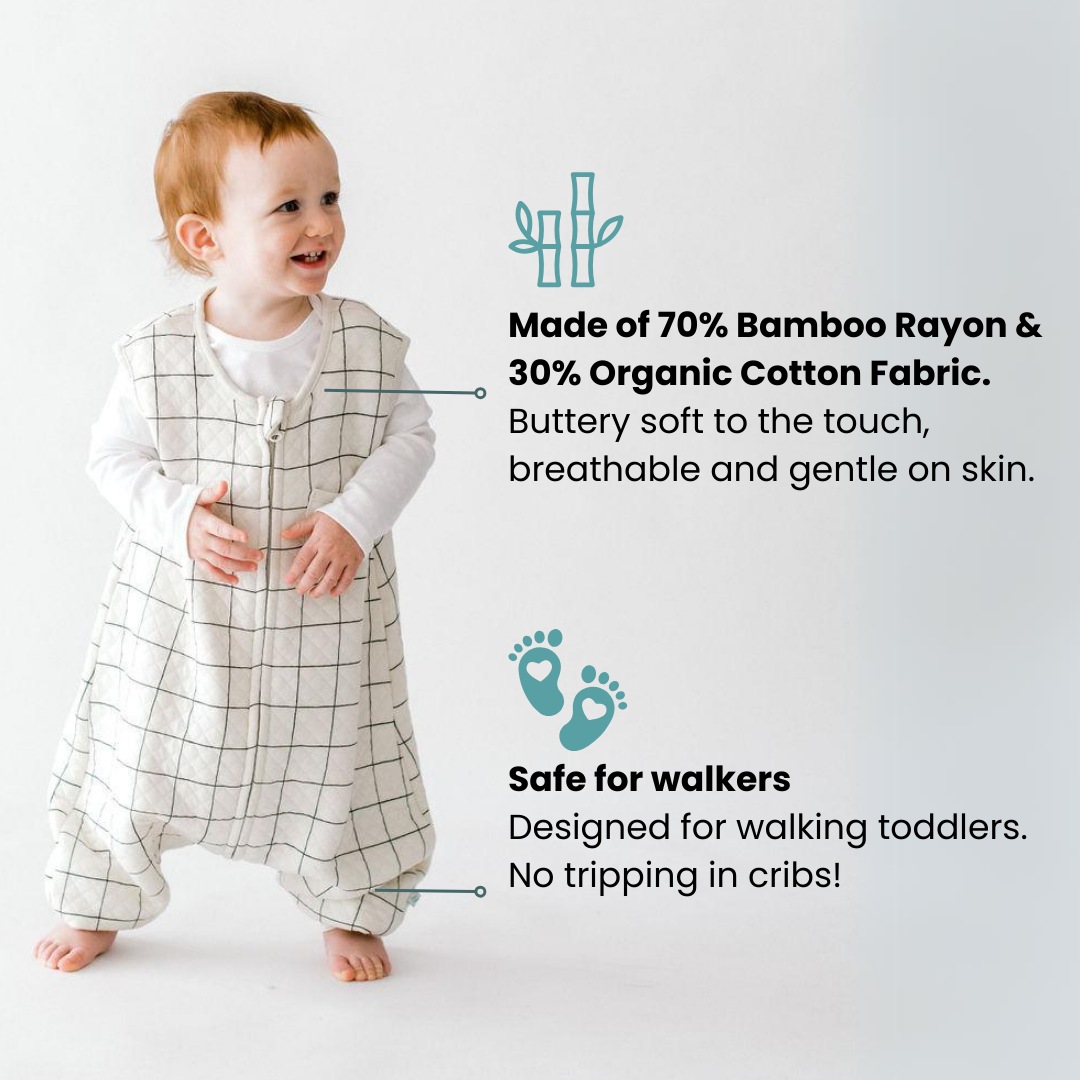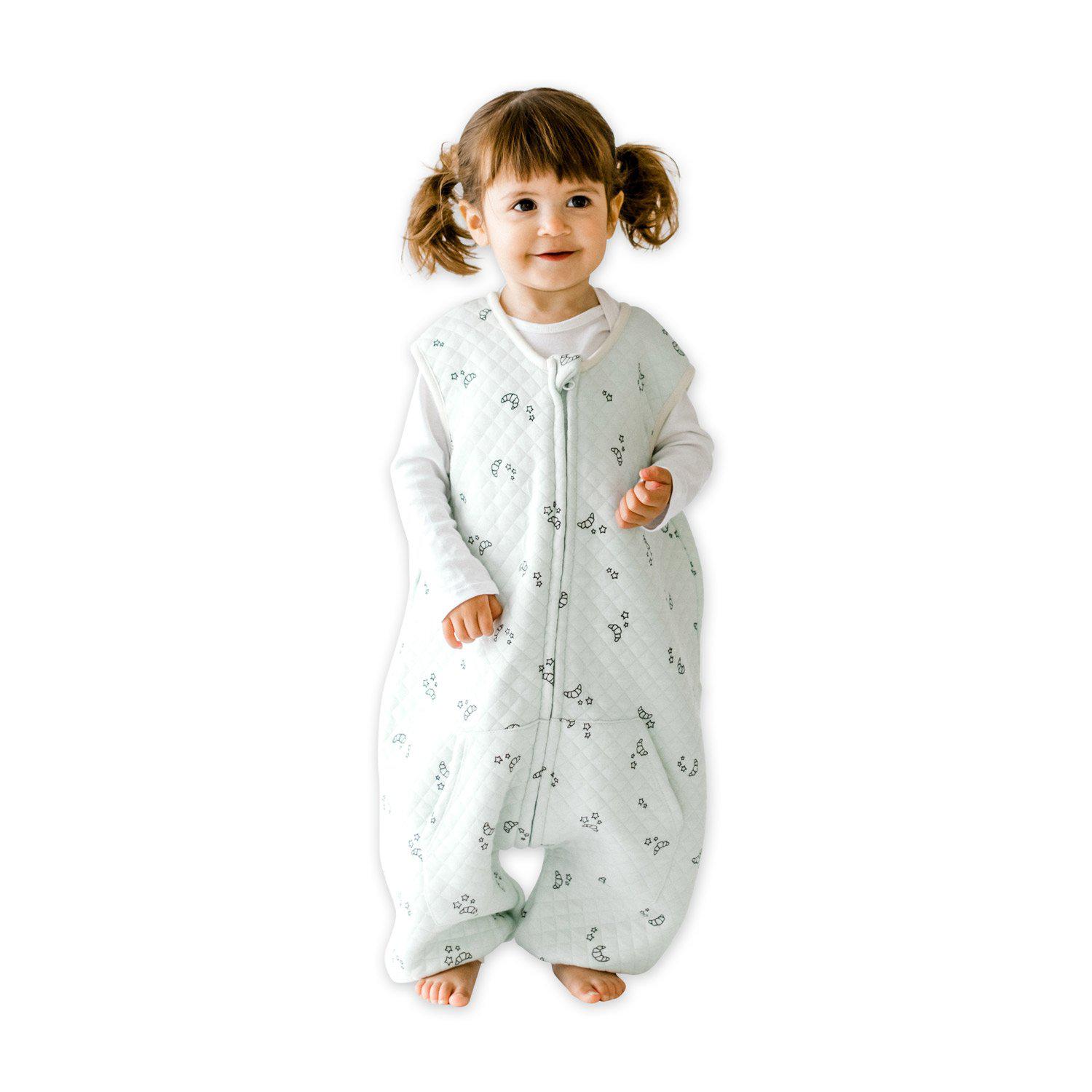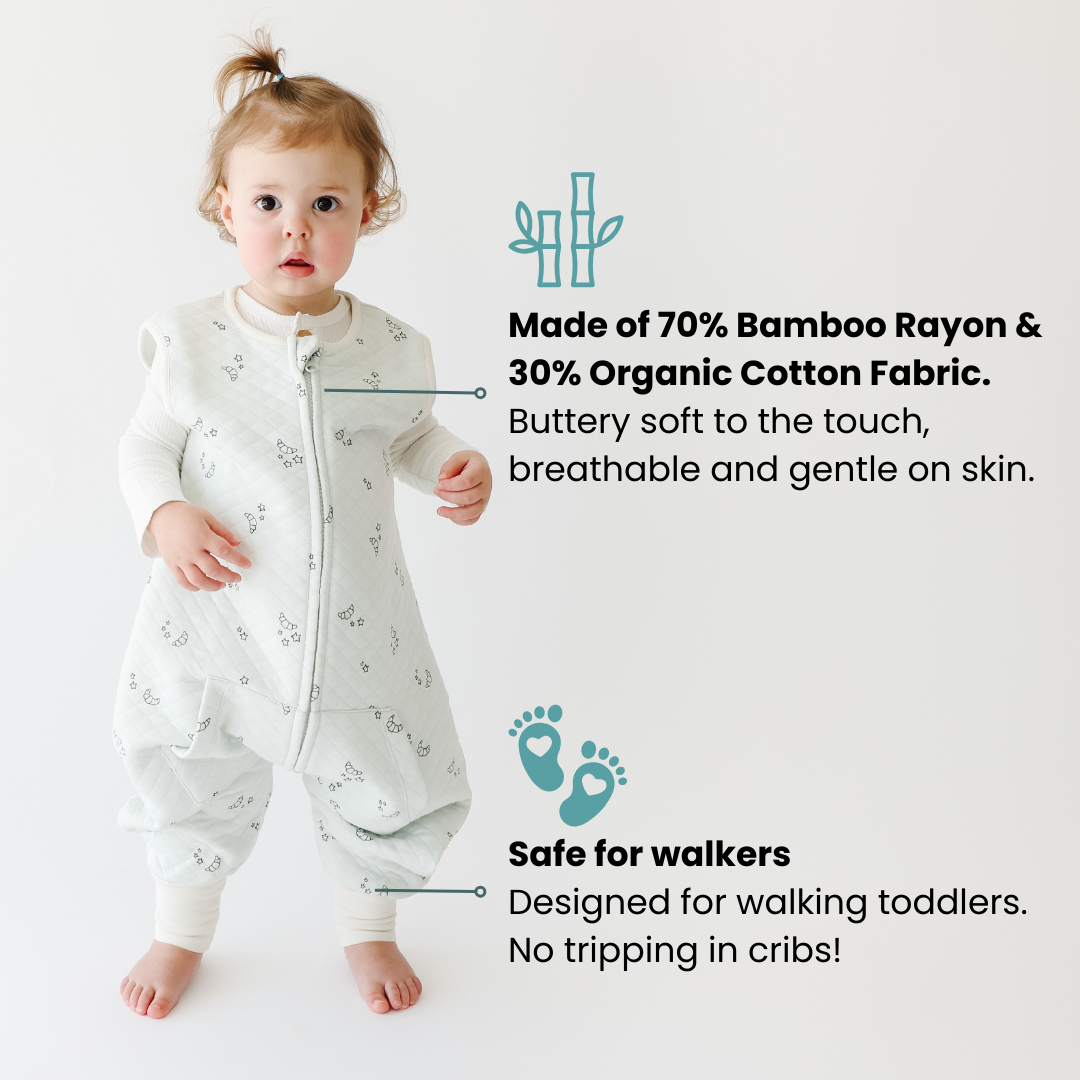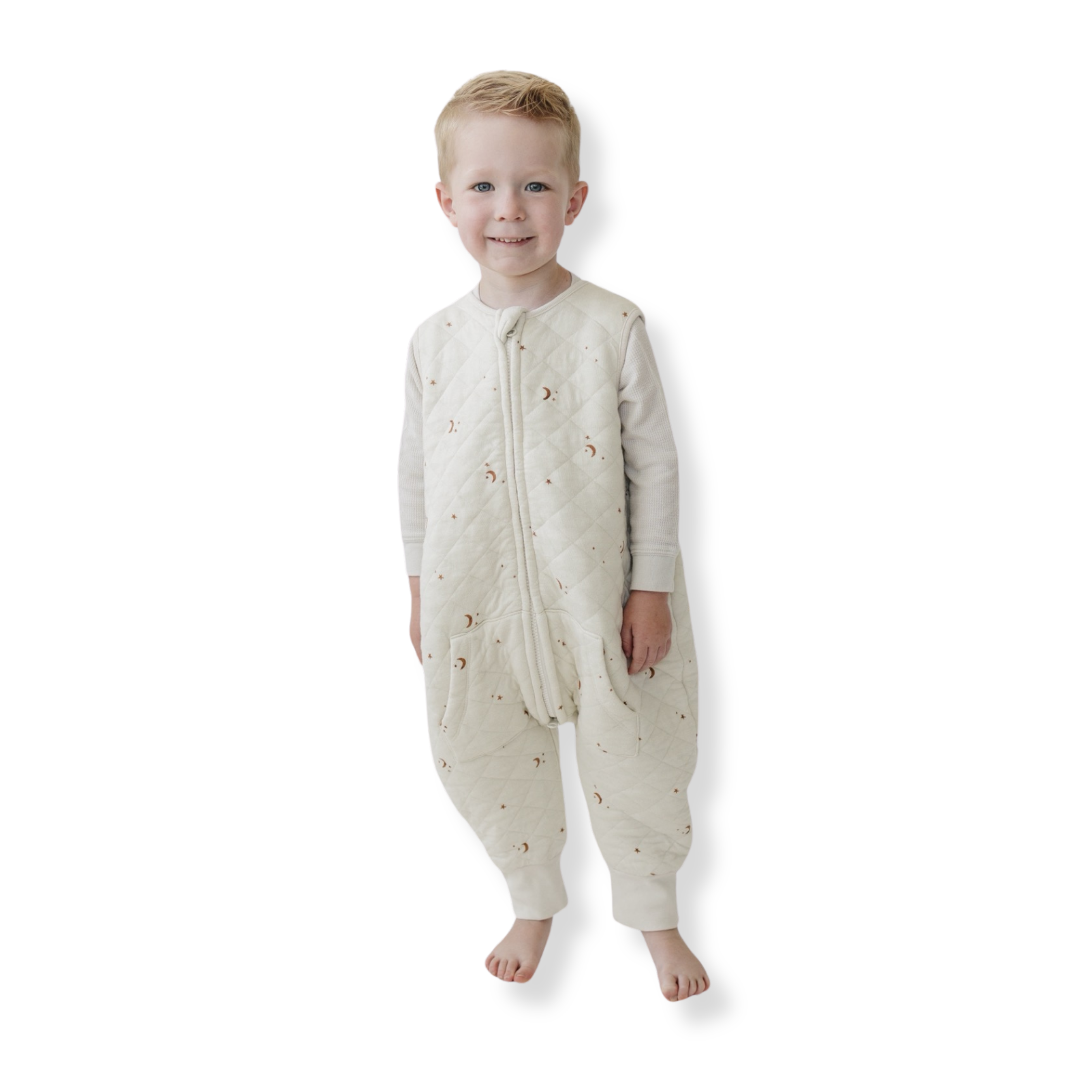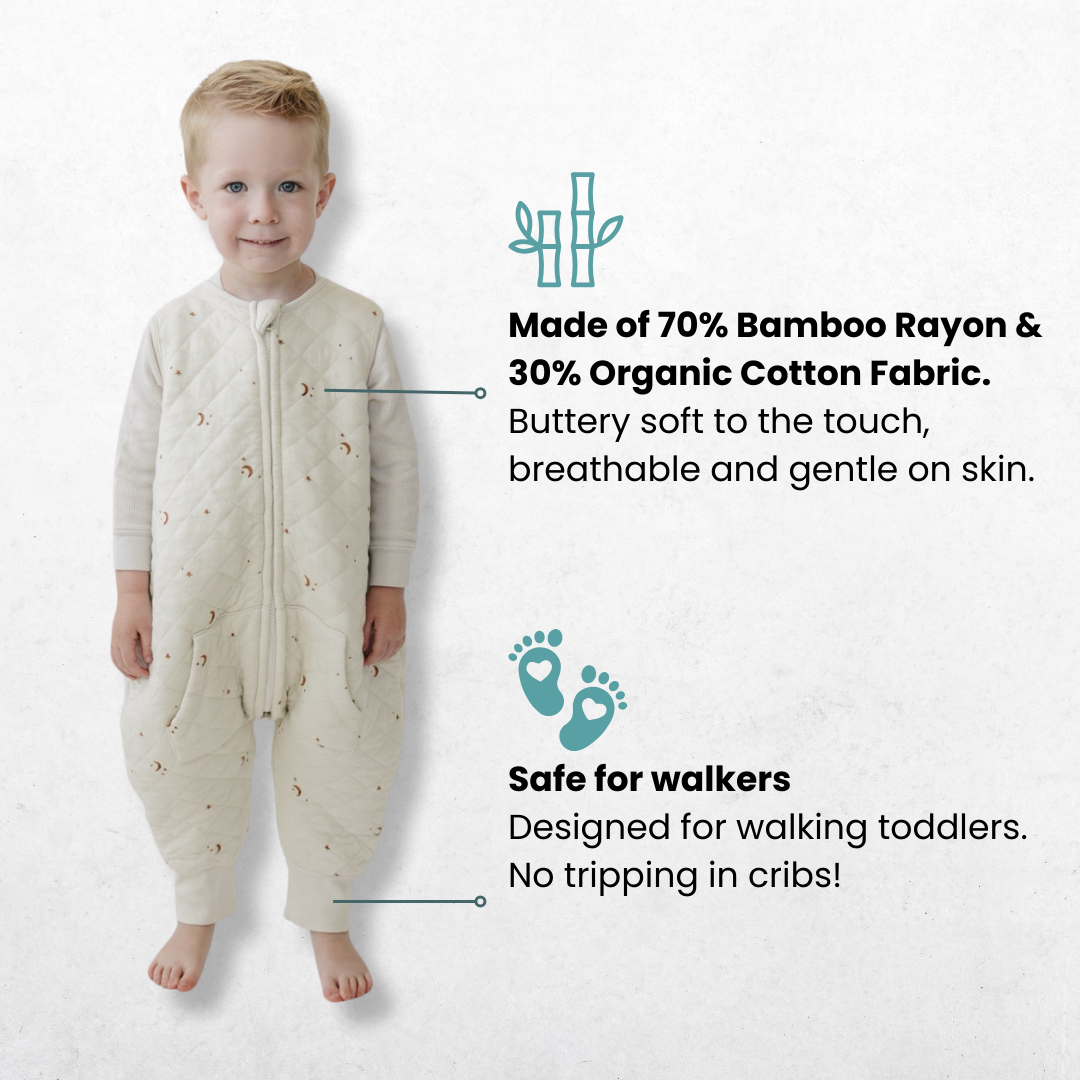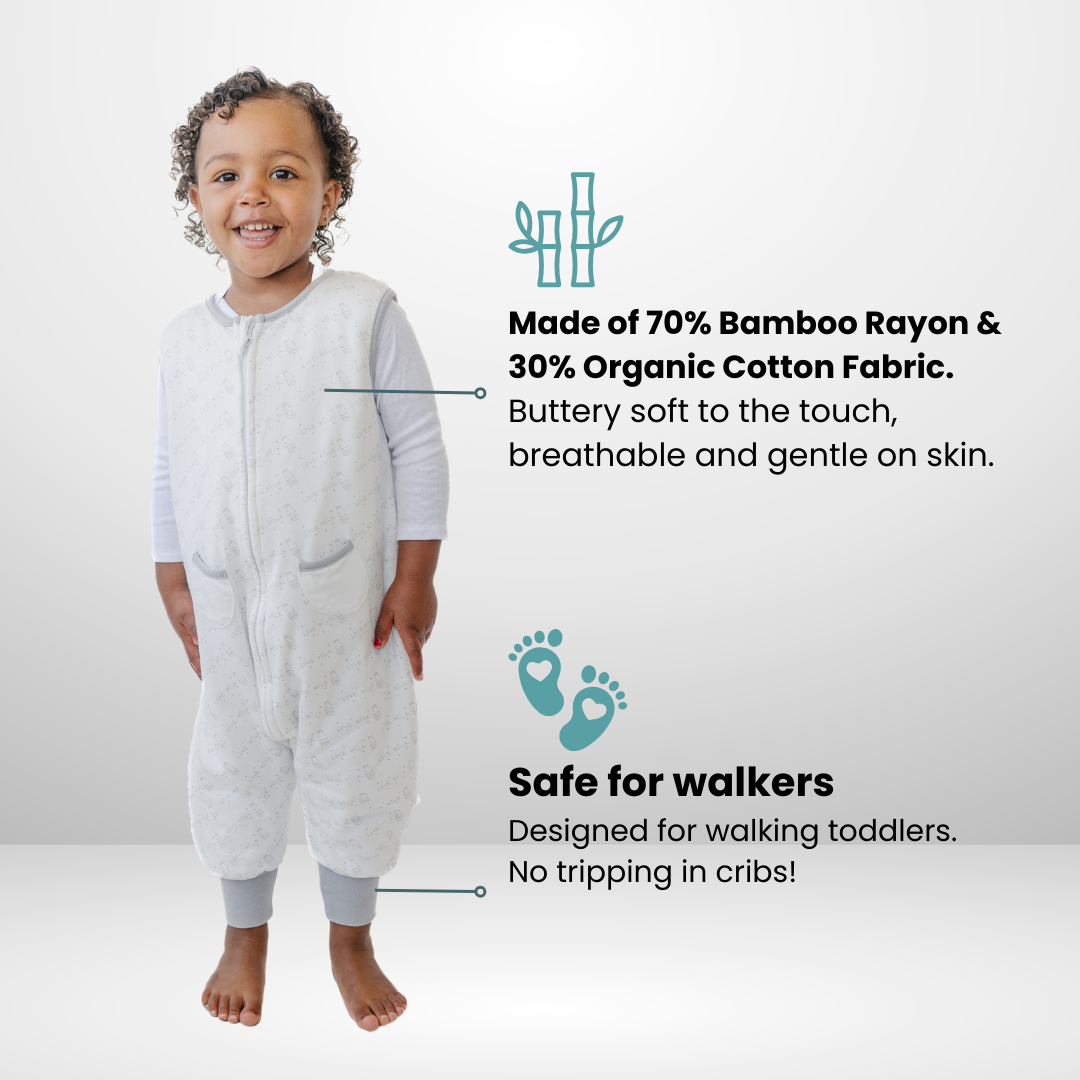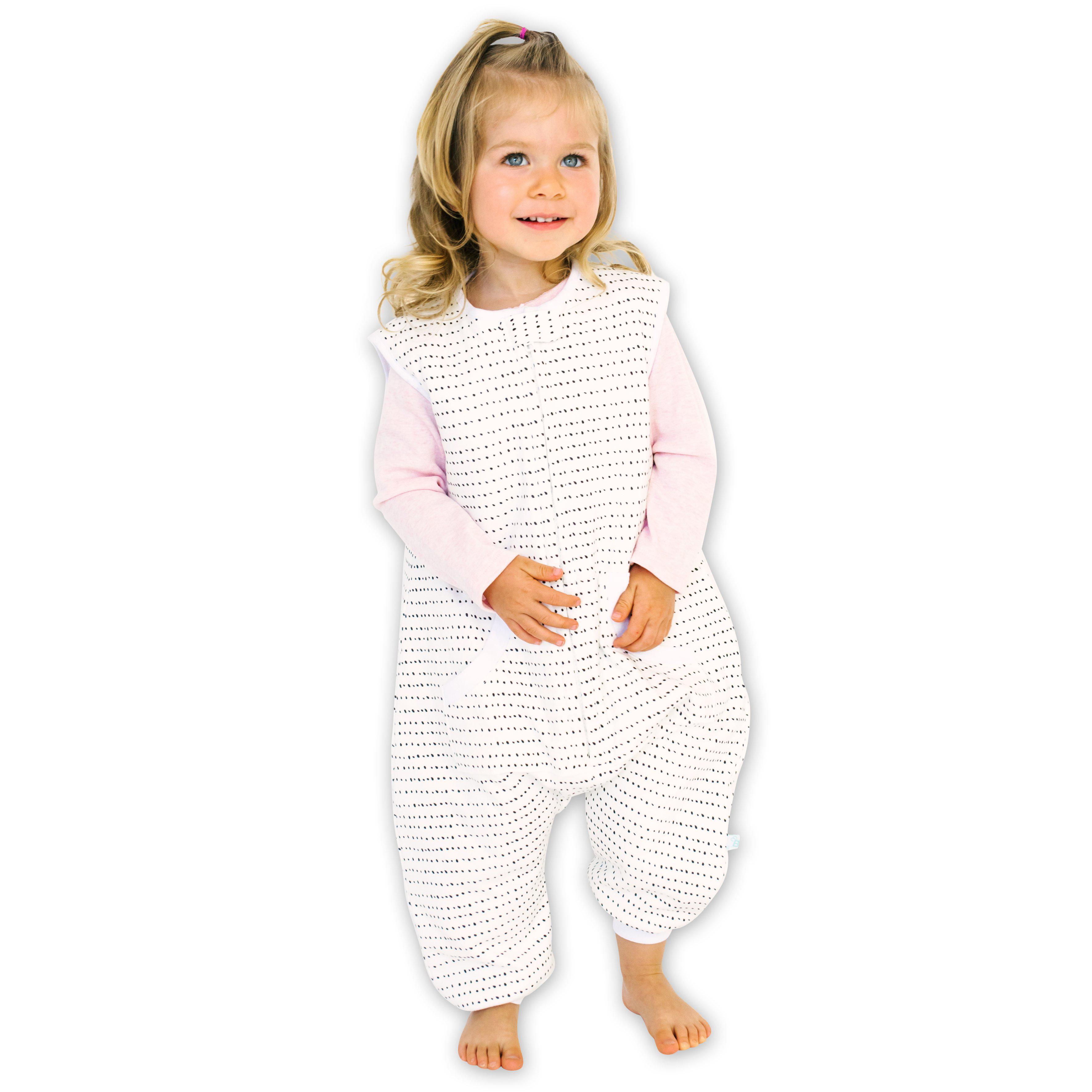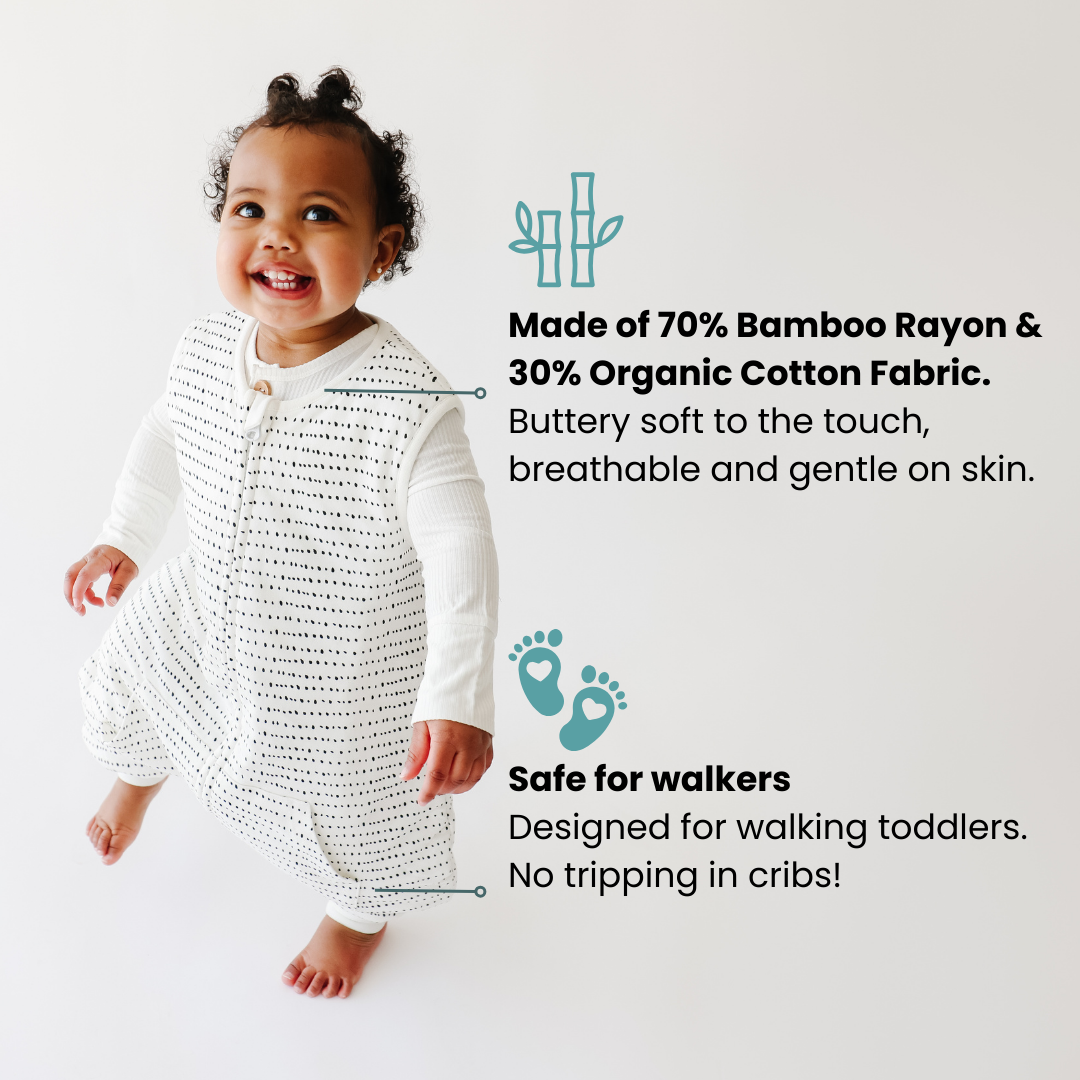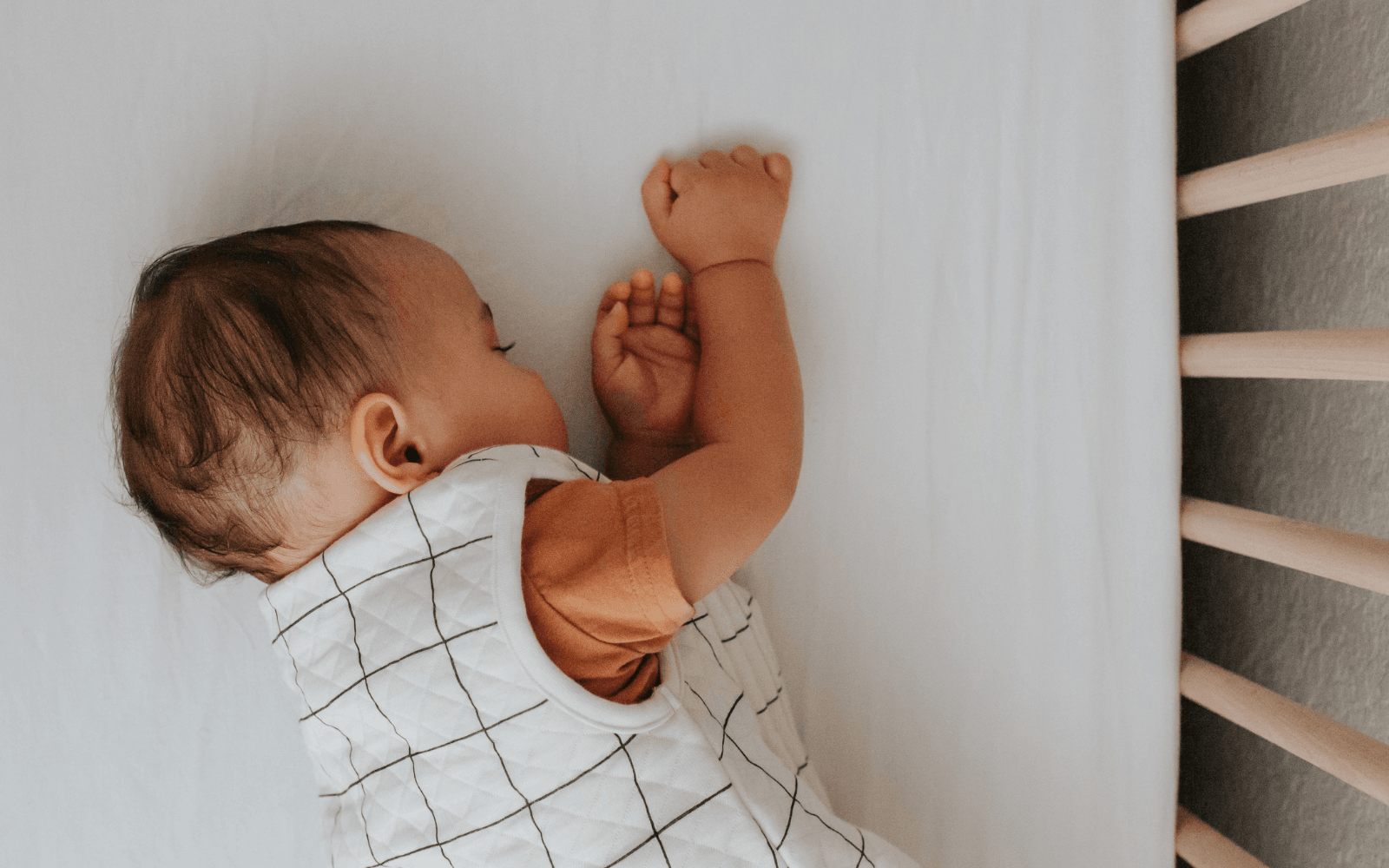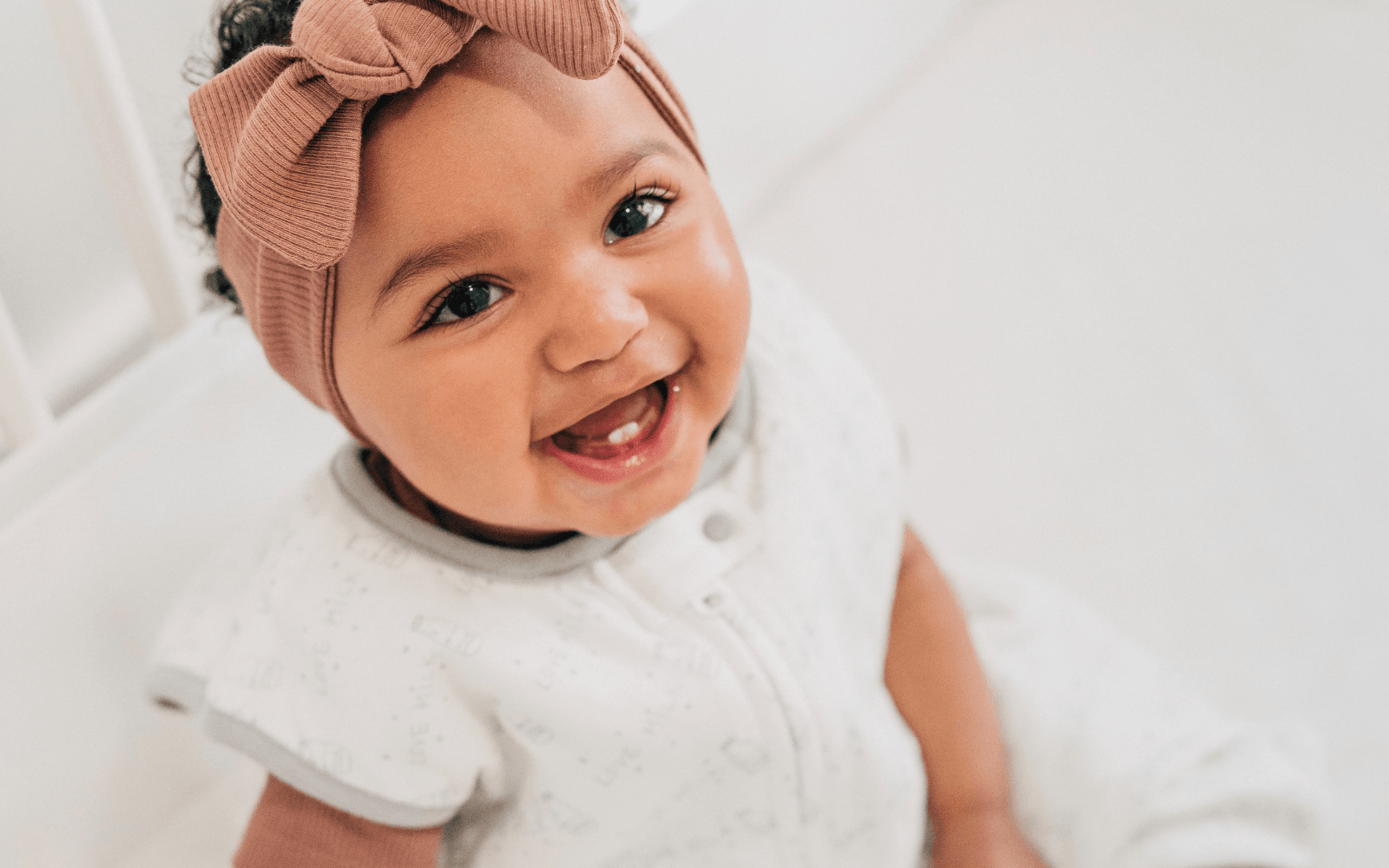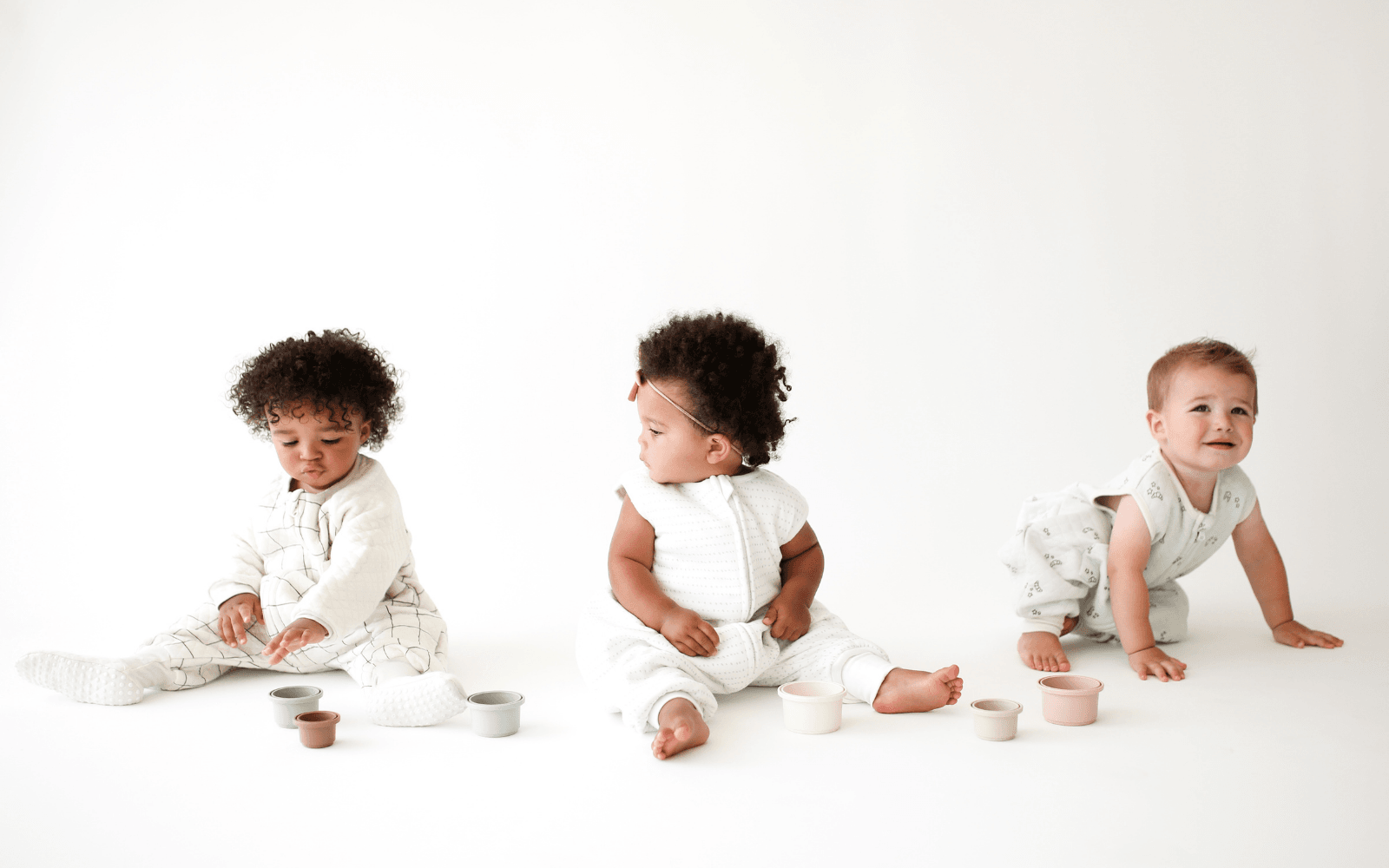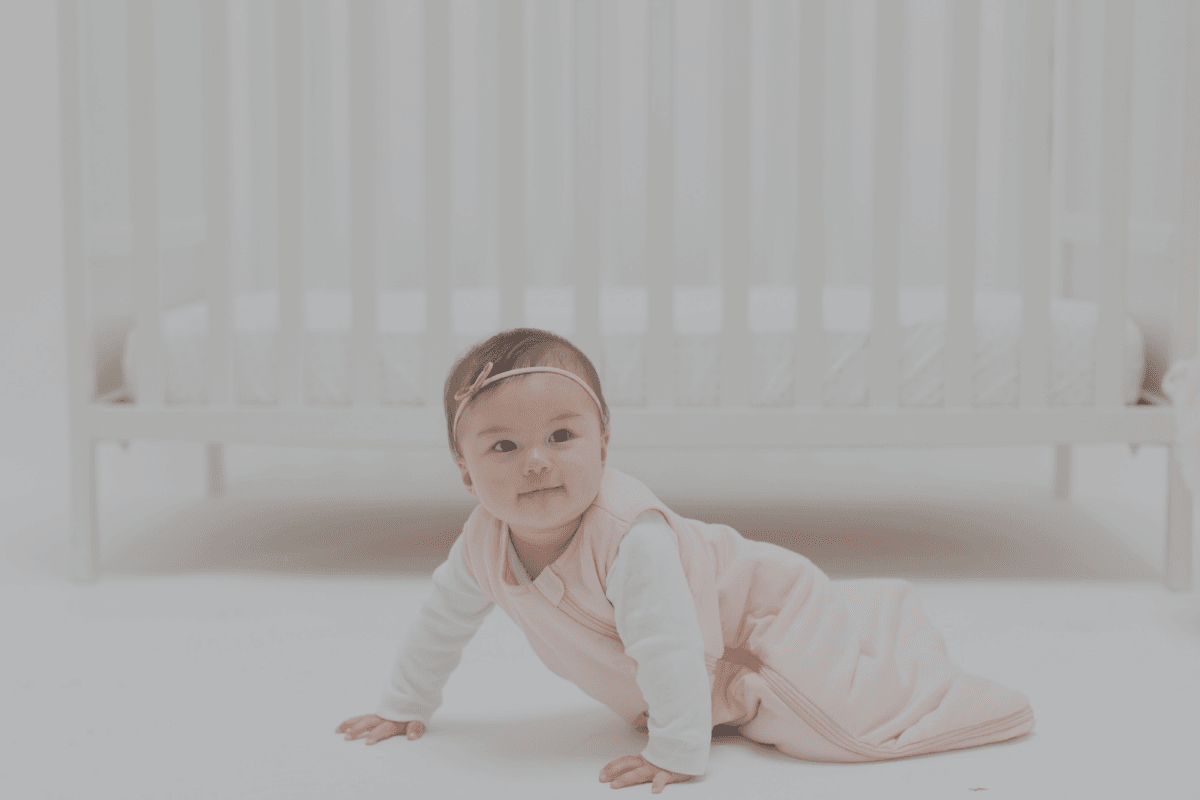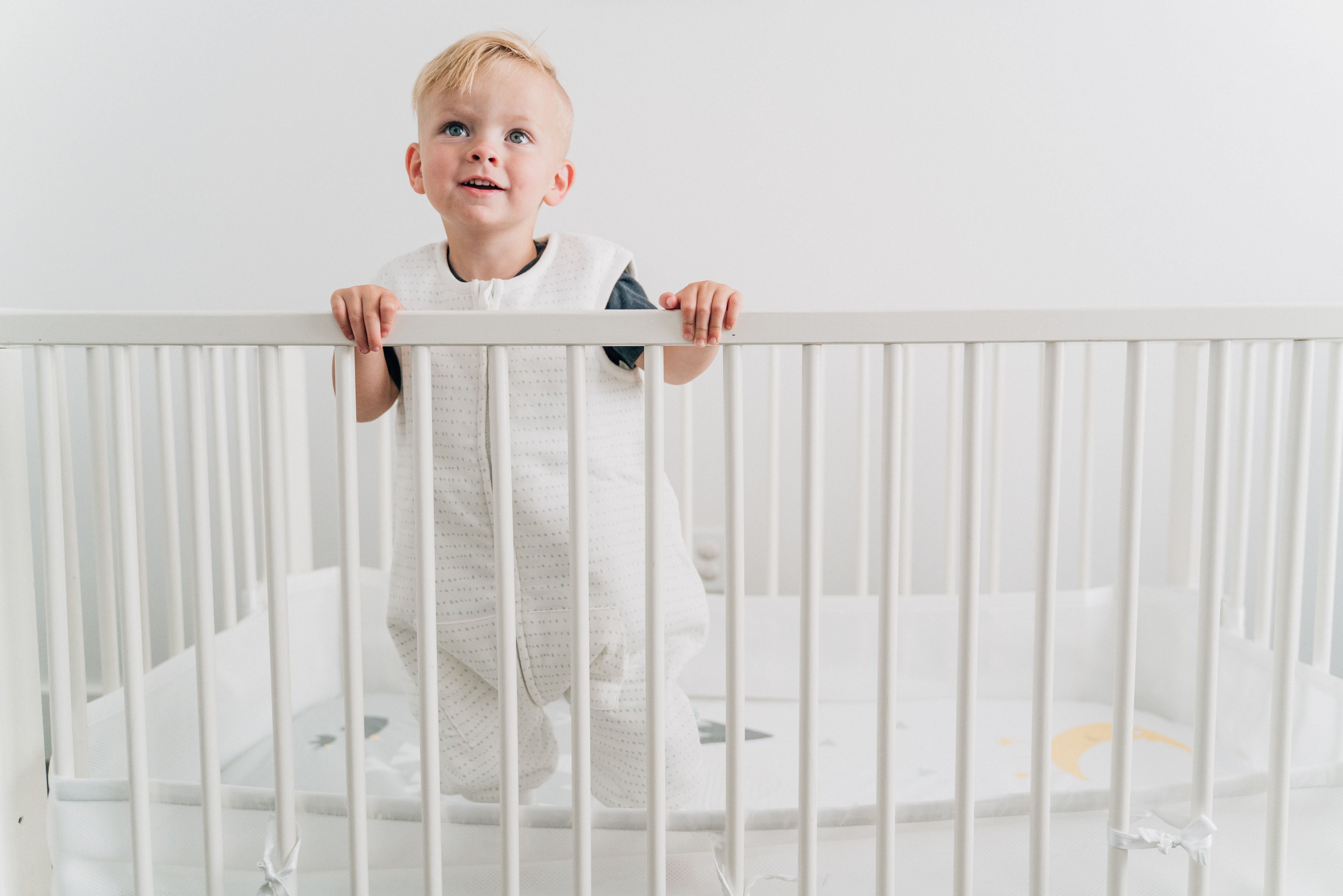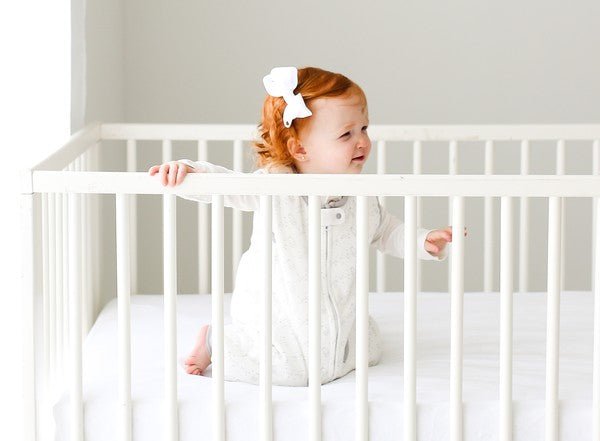When Can My Baby Start Using Pillows And Blankets?

According to U.S. Consumer Product Safety Commission (CPSC), parents can safely start using pillows for children who are 1½ years old, about the same age at which parents can safely move children out of the crib and into a bed.
Consistent with above guideline, American Academy of Pediatrics (AAP) recommends not putting any soft objects (blankets, pillows, or plush toys) until the baby is at least 12 months old. At around 12 months, the risk of suffocation goes down because most 12-month-olds are able to roll over and have the dexterity to move blankets away from their face. Previous guidelines suggested soft objects could be used after 4 months, but the new guidelines issued in Oct 2016 extend the restriction to a year, because about 10% of SIDS cases occur after the fourth month.
However some of the common questions arise as to when your baby or toddler will be able to cover themselves? Will they be cold because they can’t cover themselves with a blanket? Fear no more! In those early stages (and even in the toddler stage) there are options such as sleepsacks that provide warmth, comfort, all while keeping your baby safe. Tealbee offers sleepslacks designed with different TOG Levels (Thermal Overall Grade) to keep your baby warm and comfortable throughout the night. We also offer options such as Dreamsuits and Dreamsies that may be worn over your baby’s pajamas for extra warmth. These are some of Tealbee’s very own safe and warm sleep options.
Furthermore Riley Children’s Health has found that sleep sacks help provide babies with a feeling of security and even help maintain their body temperature in the night.
How to keep your baby or toddler safe with blankets?

There are tips parents should use when it is the right time to give their baby a blanket. How to keep your baby/toddler safe with blankets?According to the Healthline Parenthood they have identified some of the top factors to consider when deciding on the perfect blanket for your baby.
- Avoid Large Blankets - Blankets that are too big for your little one can increase the risk of suffocation.
- Aim for Breathable Fabrics - Although a quilt or heavy blanket may keep your tot warm on those cold nights, they too are a risk for suffocation. Blankets that are made from thinner fabrics like muslin present a lesser risk due to the breathable fabric. Additionally, weighted blankets should not be used for infants. Molly Shaw Wilson, a board-certified pediatric occupational therapist, with Harkla advises that children under the age of 2 should not use a weighted blanket.
- Steer clear of Blankets with Strip Edges or Fringed Edges - Blankets that contain these frilly and cute designs edging a baby’s blanket can wrap around the baby’s neck (or other body parts) and cause suffocation.
Will a pillow be safe for my baby when she is 18 months old?

Although your tot has reached the appropriate age to have a pillow does not mean they are required to have a pillow. If a pillow is introduced there are some important tips that parents can use to find the right pillow. The below tips are recommendations provided by Very Well Family for a safe transition to pillows.
- Refrain from Pillows that are too Tall or too Thick - Pillows that fall in this category can cause strain to your little one’s neck.
- Avoid Fluffy Pillows - Pillows that have too much fluff place your tot at risk for suffocation.
- Pillows made with choking materials like small pellets, can be a potential hazard.
Remember that pillows and blankets are not requirements for your baby’s sleep. They simply increase your baby’s comfortability. Take into consideration the above tips when searching for the best pillow and blanket for your baby, when it is the right time.
Best Recommended Age for Transition

So based on the above safe sleeping guidelines, we can confidently say that after about 18 months (1½ years old), we can start giving blankets and pillows to our babies. As we know, the main reason for not allowing blankets and pillows are due to the risk of SIDS (Sudden Infant Death Syndrome).
Until you can safely use baby blankets with your baby, it is recommended that safe alternatives to blankets such as sleepers, sleep sacks, and wearable blankets be used.
How to Introduce a Pillow and Blanket for Your Baby

When introducing a baby pillow, you want to give one that’s small (the size of an airline pillow) and firm. Feather pillows are not recommended since they are too soft, and can set allergies in small children and can also smother a child if the head sinks into it while sleeping.
And what if you’ve got an active baby that won’t keep the blanket on to keep them warm? Then you would still need to use a wearable blanket to keep them warm throughout the night. Tealbee Dreamsuit and Dreamsies are designed for early walkers and toddlers who would need wearable blankets until they learn to put blankets on them or keep the blankets on.
